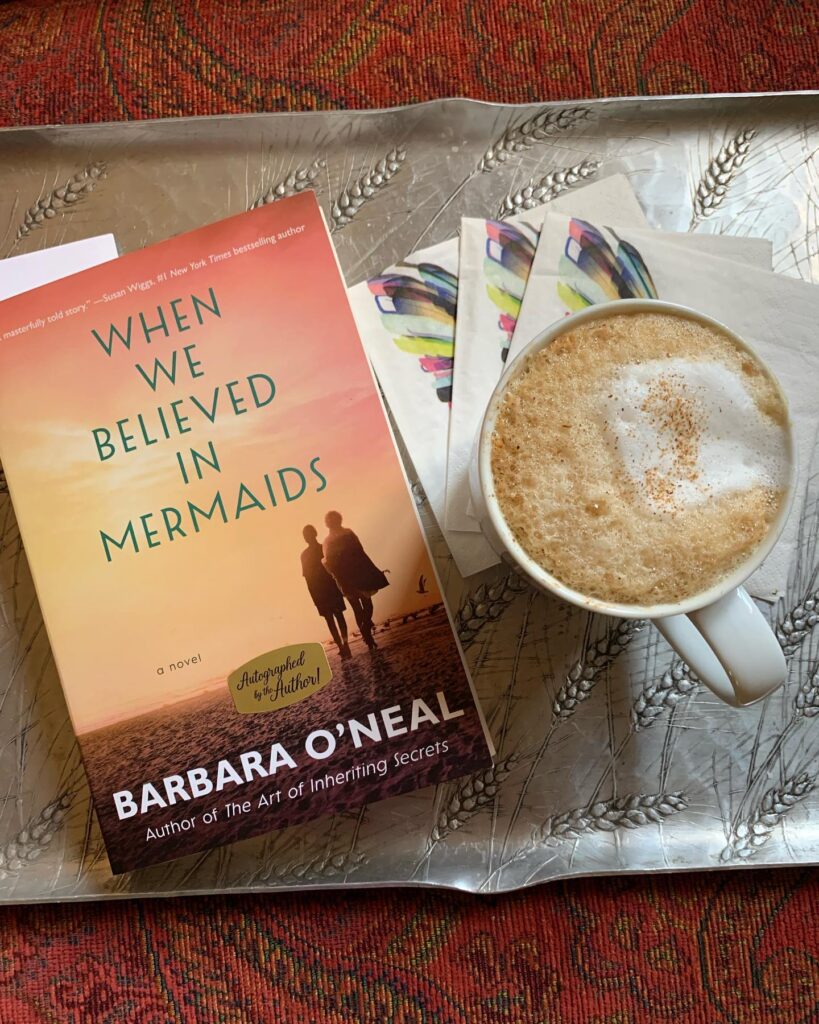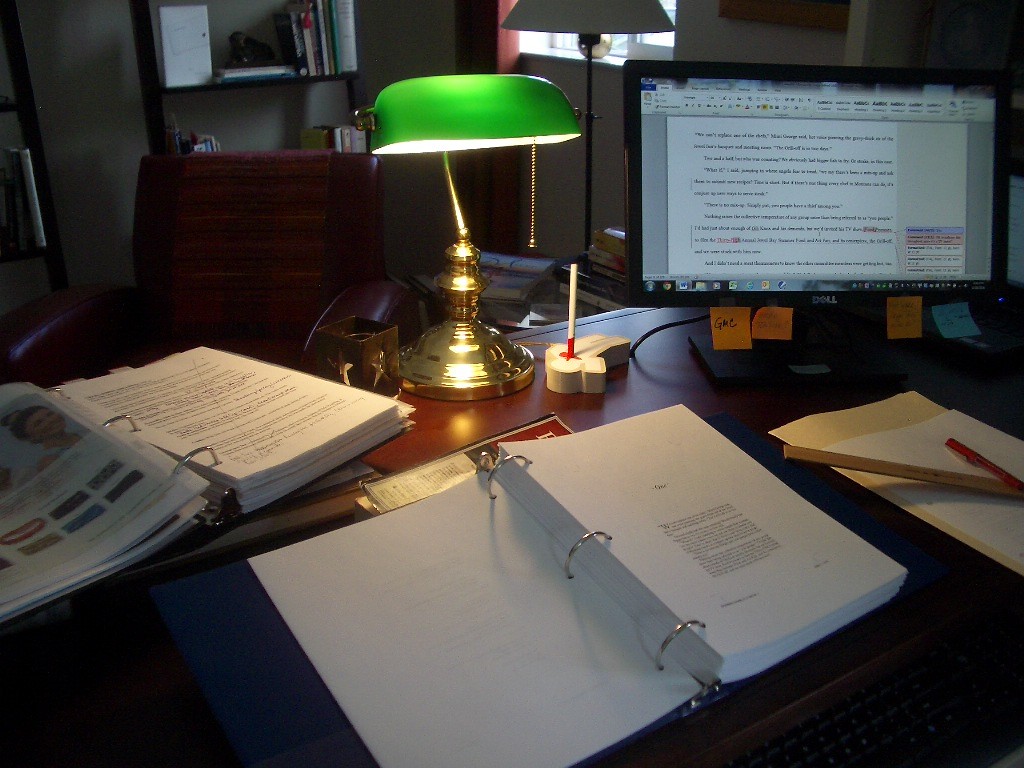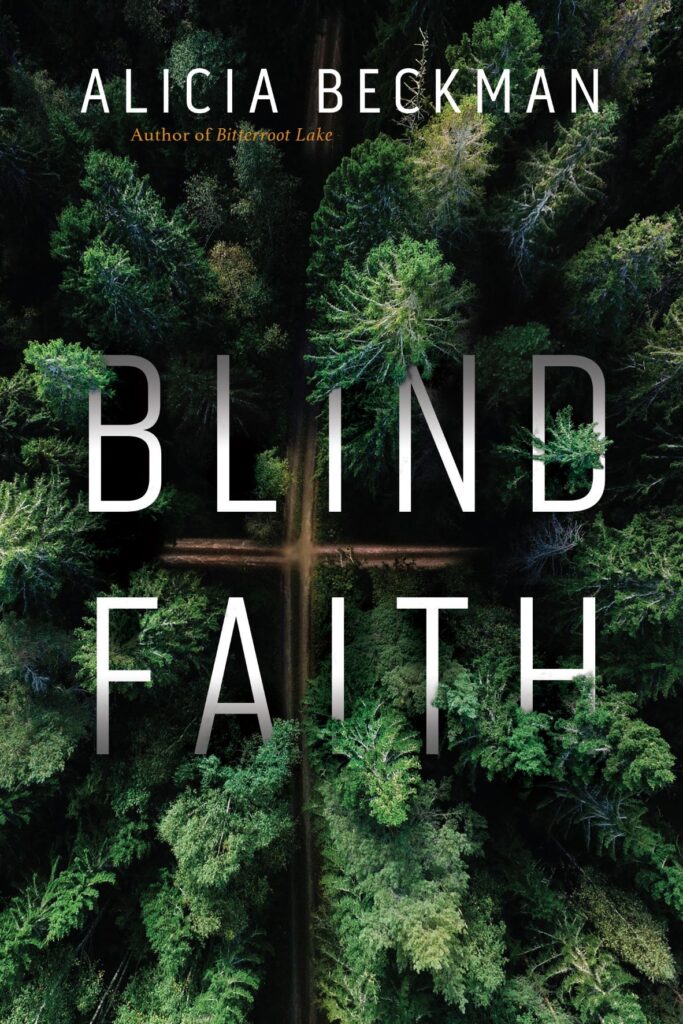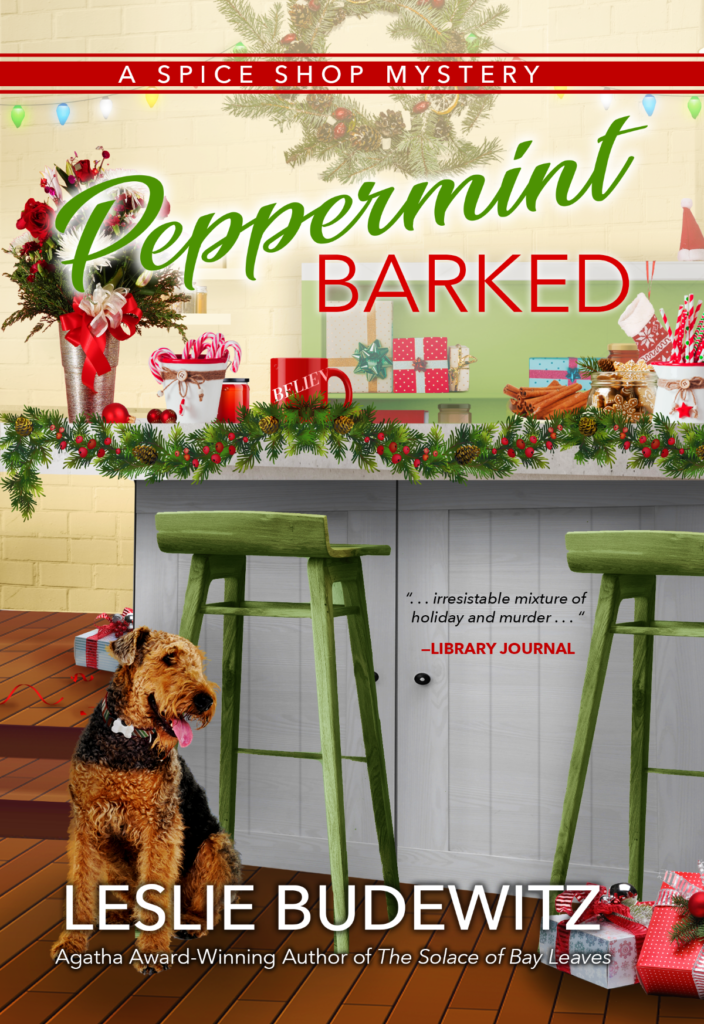When I gave a talk on setting, called “I Felt Like I Was There” at the Pikes Peak Writers Conference in April, I talked about returning to a setting, giving the reader more or different information about it each time. One example is my use of Seattle’s Pike Place Market in the Spice Shop mysteries, where the reader discovers bits and pieces of history, architecture, and daily life in the Market while walking through it with my POV character, a detail here, another detail there, building on the images she’s creating in her mind.
Another example is Mick Herron’s use of the basement apartment in This is What Happened, where we learn something more about the apartment and the building each time we visit it, each detail adding to our vision of the place but also providing details that are relevant to the plot—although we the reader don’t know that until later.
A recurring setting can also be a touchstone, a place of emotional significance for the characters. The role the place plays in the story can be primary or secondary. In Blind Faith, my second standalone suspense novel (written as Alicia Beckman), one of those places is the Rainbow Bar. We see it first through the lens of Lindsay, a lawyer handling the sale of the property, who has her own deep connection to it, then again through another POV character, for whom the place has a very different meaning.
Then I read When We Believed in Mermaids by PPWC guest of honor Barbara O’Neal, the story of two sisters who reunite after one believed the other had died fifteen years earlier. One sister has long admired Sapphire House, a landmark in her adopted New Zealand home town, a house with its own tragic history, whose oceanfront setting and architectural details remind her of her childhood home in California, destroyed in an earthquake. Now Sapphire House is hers and she’s planning its renovation and her family’s future in it. Each time she goes to the house, she learns more about herself as well as about the two sisters who lived there. The house comforts her even as the life she’s built is threatened, and the mystery in its past intrigues her.
Each time you return to a setting, does the reader learn something new? How do you reveal what emotions the place evokes, and how do they relate to the unfolding plot?




